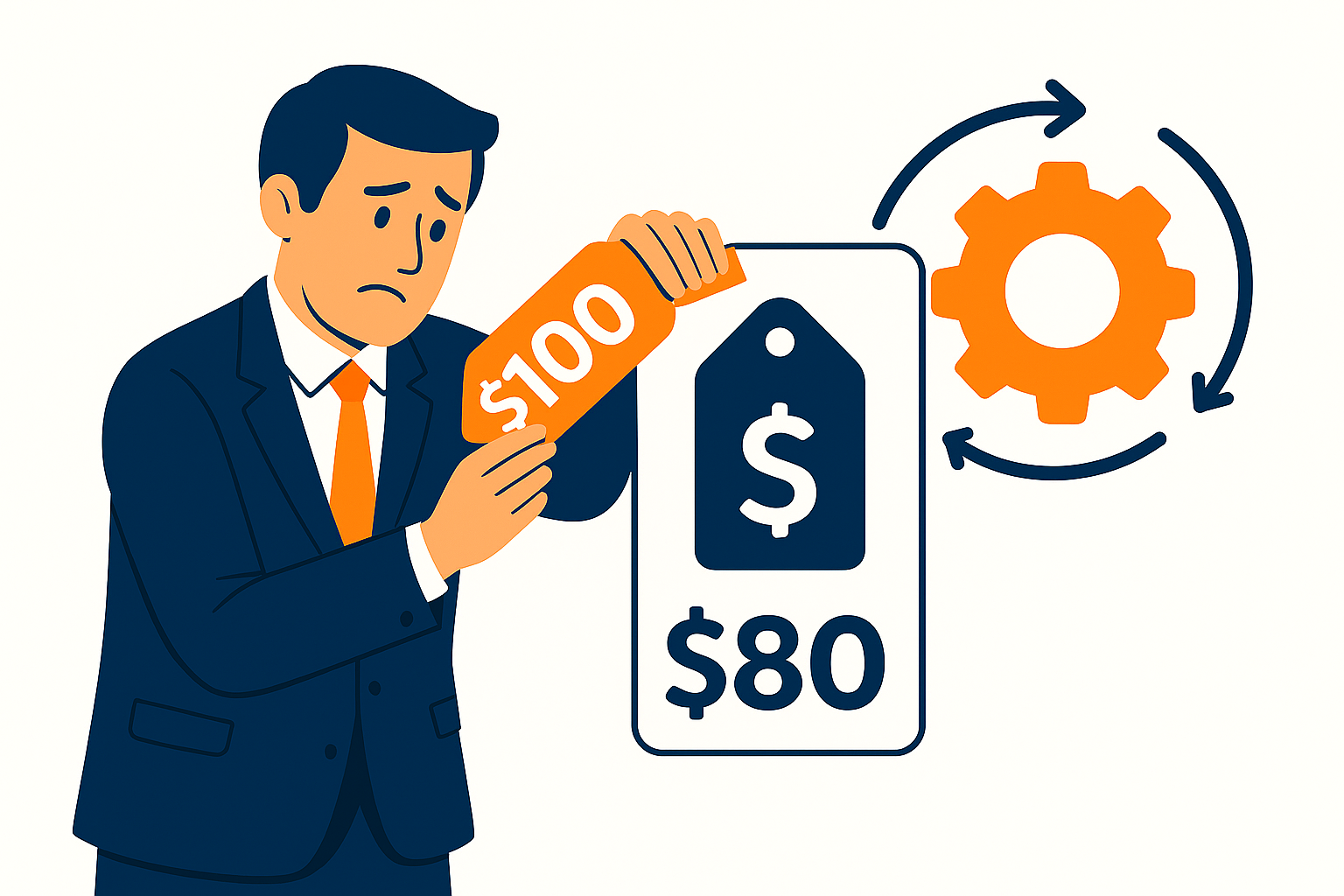When people hear the phrase “dynamic pricing,” they often picture Amazon adjusting prices every few seconds, powered by artificial intelligence and a team of data scientists. While that level of scale might seem out of reach, the need for dynamic pricing is no longer exclusive to ecommerce giants.
Today, it’s a business-critical strategy for any UK retailer that wants to stay competitive, protect margin, and meet rapidly shifting customer expectations. Static pricing methods—manual updates, spreadsheets, and fixed promotional calendars—can’t keep up with the pace of modern retail.
The need for dynamic pricing is clear: the market moves in real time. Your pricing should too.
Why Static Pricing Is No Longer Viable
Retail has changed. Customer behaviour, competitor activity, and promotional cycles all shift daily, even hourly. Static pricing locks you into outdated decisions, making it nearly impossible to respond with speed or precision.
Without dynamic pricing, retailers face several costly challenges:
-
Lost margin opportunities: When demand surges, static pricing means you might undercharge when customers are willing to pay more.
-
Reduced competitiveness: If your competitors drop prices and you don’t react, you lose visibility on price comparison engines and risk cart abandonment.
-
Slow promotional performance: High-impact moments like seasonal events, flash sales, or campaign launches demand rapid price changes that static systems can’t support.
The result? Slower reactions, lower margins, and missed revenue.
The Need for Dynamic Pricing in a Real-Time Market
The need for dynamic pricing has become more urgent as technology levels the playing field. Shoppers expect pricing to be relevant, fair, and competitive. If your pricing doesn’t reflect what’s happening in the market right now, they’ll look elsewhere.
Modern digital platforms like Google Shopping prioritise listings with accurate, fresh prices. A delay of even a few hours can mean lost visibility, reduced traffic, and wasted ad spend.
Retailers that rely on weekly or manual price changes simply can’t compete with brands that adjust pricing based on live conditions. In this environment, dynamic pricing is no longer a nice-to-have—it’s a requirement.
Dynamic Pricing Done Right: Smart, Not Erratic
Some retailers hesitate to adopt dynamic pricing due to concerns about customer trust. But when implemented with clear logic and transparency, dynamic pricing enhances—not damages—brand perception.
Smart dynamic pricing systems operate based on rules and data. They adjust prices using signals such as:
-
Real-time competitor activity
-
Stock availability
-
Promotional calendars
-
Location or time-based demand
-
Seasonality and traffic trends
Customers already encounter dynamic pricing in industries like travel and events. When pricing changes make sense and offer genuine value, shoppers respond positively. What frustrates them are outdated, inconsistent, or irrelevant prices that feel arbitrary or unfair.
The Business Impact of Dynamic Pricing
The financial case for dynamic pricing is strong. Research by McKinsey shows that dynamic pricing can improve both revenue and margins by 5 to 10 percent. For many mid-sized retailers, that translates to a meaningful uplift in performance without adding headcount or increasing discounting.
How to Adopt Dynamic Pricing Without Overwhelm
The need for dynamic pricing doesn’t mean you must transform your entire business overnight. The most effective approach is phased, scalable, and low-risk:
-
Start with a single category
Choose a high-velocity or margin-sensitive range to see immediate impact. -
Define your pricing rules
Set clear boundaries for floor prices, margin targets, and competitor matching. -
Integrate relevant data sources
Include internal metrics like inventory, sales, and margin alongside external competitor intelligence. -
Test, measure, and iterate
Use dashboards and alerts to track performance and refine your strategy.
With a platform like InsiteTrack, dynamic pricing becomes a manageable, non-disruptive upgrade. It fits into your existing systems while unlocking faster decisions and measurable gains.
From Reactive to Predictive
Dynamic pricing is not just about speed. It opens the door to predictive strategy and automation at scale. Retailers using intelligent pricing can:
-
Launch flash sales triggered by competitor stock levels
-
Align pricing with live digital ad campaigns
-
Optimise pricing by region, time, or weather conditions
-
Adjust prices automatically to maintain target margins
This is no longer future-facing theory. These capabilities are accessible today and being used by forward-thinking retailers across the UK.
The Future Is Dynamic
The need for dynamic pricing is not a trend. It’s a direct response to how customers shop, how competitors operate, and how fast the retail world moves.
If your pricing function is still relying on static updates, you’re not just falling behind—you’re leaving revenue on the table. With the right tools and approach, dynamic pricing becomes your competitive advantage.
Now is the time to modernise your pricing strategy.
Ready To Achieve Pricing Excellence?
Unlock smarter, faster pricing decisions. Download the Fast Track to Retail Pricing Excellence whitepaper today.



